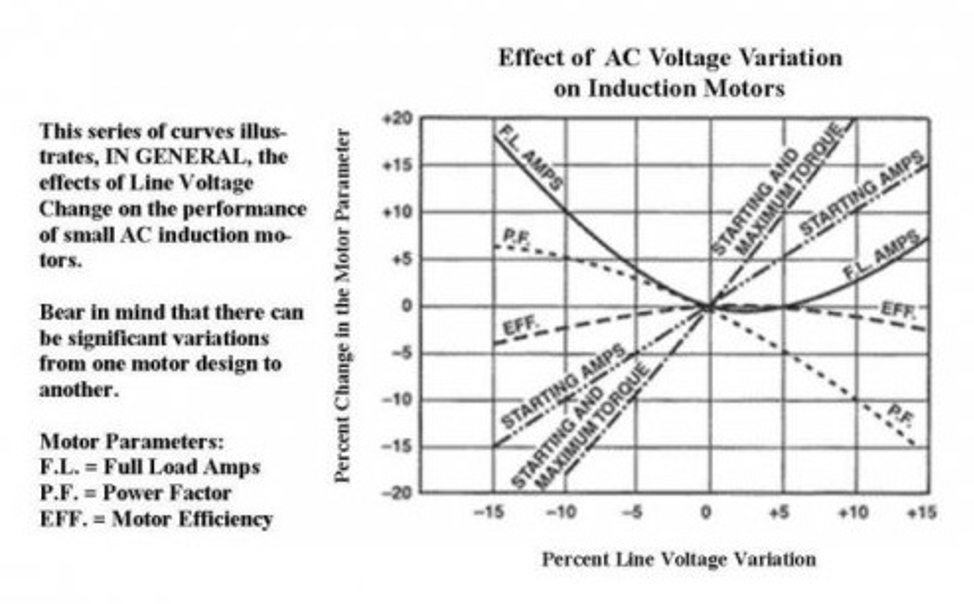We ordered the recommended current Hughes model RV220-50 for the lowest price we could find, $500 including UPS ground from Tweety’s.
In my research for voltage boosting transformers, I find there are four manufacturers of RV voltage boost products:
1. The newest entry is TRC Technology Research model 10175 Surge Guard 50 Amp Voltage Regulator which I did not care for and mainly sold by Camping World.
2. Power Master VC-50, which may be the best choice, but the product is backordered everywhere.
3. Franks has been around awhile.
4. Hughes Autoformer, the most well-known name, although with some problem
years in their history.
These are all simple non-isolation transformers with multiple output taps, that pass ground and neutral from input to output.
The transformers are very old technology and are called Buck-Boost outside the RV world. Buck applies to lower a too high voltage.
Permanently installing a boost transformer can cause a good voltage to be increased too high.
Since the output 50-amp outlet hot connections are always connected to a transformer tap, a small boost could put voltage over Surge Guard or Progressive Industries high voltage shut off, causing protection trips.

For about $300 one could build their own manual controlled 50-amp boost transformer.
30 amp boosts have one transformer and 50 amp have two transformers, each with their own voltage control circuit board.
Each manufacturer builds its own voltage control board that uses digital EPROMs to measure input voltages, which then close a relay to connect to the best transformer output tap to the 50-amp outlet. Some choose between two taps, some choose between three taps.
The major failure does not come from electronics but comes from Chinese transformers that can overheat from poor winding quality control during manufacturing.
Using them only when needed and not using them near their maximum rating may extend their life
The original Hughes Autoformer was manufactured by Bob Hughes, were very well made and the early models had a simple high/low switch to manually choose the best boost. Years later Bob Hughes sold his business to Dick & Janice Burke, who were not as technical as Bob Hughes and may have been driven by using the lowest cost products due to competition.
Eventually, Burke went bankrupt and their assets purchased by their transformer supplier, Pacific Transformer, who now may run the Hughes Autoformer as a separate business. by Barry and Cindy 1997 U270 36′ 9/12/13
We just had a family reunion and I was helping the DW with all the good reunion stuff. As the teenagers said, it was “Wicked Awesome”,
Now back to the Autoformer issue. Let me apologize for up front, because it will take a bit of explanation, so please bear with me. I‘ll post this because several others have expressed interest and I know that Autoformers are like AGM Vs. Gel Cells. These (among other technical topics) are highly polarizing and there are no absolutely correct or incorrect final answers. But everyone deserves quality input in order to be able to reach reasonable conclusions that apply to them
“I don’t care for Autoformers because there is no such thing as free power to you without impacting others on the grid. I’d be happy to walk you through the mathematics of that if you would like to see the technical proof. But, essentially, if you are able to use more current (because you have an Autoformer) and you are running more appliances, there is less available current and voltage for your neighbors in an already overstressed power grid in any improperly or poorly designed park power grid situation.”
Like any step up or step down transformers, Autoformers, indeed change the input to the output current and voltage ratios in proportion to the ratio of their primary to secondary transformer windings.
And those relationships, in the simplest transformer form are:
If Np = the number of turns in a primary transformer winding
Ns= the number of turns in a secondary transformer winding
Ep = Voltage applied to a primary winding in Volts AC
Es = Voltage measured across a secondary winding in Volts AC
Ip = the current in a primary winding
Ep = the current induced into a secondary winding
Then:
Np/Ns = Ep/Es (directly proportional)
Np/Ns = Is/Ip (inversely proportional)
And therefore,
Ep/Es = Is/Ip (inversely proportional)
Thus, if you decrease the input voltage going into a step-up transformer and you then build circuitry that senses that the transformer output voltage is also decreasing (because the input to output windings ratio determines the output voltage) and you then build circuitry that automatically changes the number of turns of secondary windings available, thus adding secondary windings to bring the voltage back up to the desired target voltage, you have built yourself an “Autoformer“ (they actually do it in a few electronically controlled step increases, not in analog fashion).
And yes, mathematically, as the input voltage decreased, output current increased, but you added secondary turns and brought the output voltage (and therefore current) back to the desired target, so input current has not now been appreciably changed. And all that you have to pay for is the “50 Amp Autoformer” itself ($500 or $600 maybe?) and the transformer “losses” which are advertised to be “1 amp at 50 amps of rated output load“.
It’s good that the Autoformer Owner has used one of several options that has protected his inductive loads (anything with windings) by raising the operating voltage while keeping the current drawn from his power pole nearly the same, but let’s look practically at what he has really saved in terms of the park grid and his neighbors.
The figure attached below is a well-accepted set of graphs that shows (in general terms) the relationship of supply voltage to various small induction motor characteristics (like for our AC compressor and fan motors).

For a Penguin, DuoTherm, 13,500 BTU AC compressor and fan motor at full load at
rated design voltage (115VAC, 60 HZ, 1PH) :
PF = 0.88 (from Dometic online literature)
Power = 1570 Watts
Current = 15.500 amps (for two motors, 12.4 amps for the compressor, 3.1 amps
for the fan)
At 10 % low VAC at the power pole (104 VAC, 60
HZ, 1PH)
PF = 0.924 (From Graphs)
Current = 16.323 amps (a 0.823 amp increase, which equals roughly one 95 Watt
light bulb)
At 15 % High VAC at the power pole (132
VAS, 60 HZ, 1PH)
PF = .748 (From Graphs)
Current = 15.887 amps (a 0.387 amp increase, which equals roughly one 45 Watt
light bulb)
Now to the crux of my distaste for Autoformers. If I am on a power source that, for whatever reason, is low or high in voltage, I am made aware of that condition by the EMS protective device that I have chosen. If the voltage is low, then I look for ways to reduce my load, use the generator or move to another site, as appropriate and I may use the equivalent of one, or at worst two, 95 Watt light bulbs more energy for a while in doing so.
However, if I were on an Autoformer, it appears to me that I might not even know that I’m on a struggling or poorly designed grid. And worse, because I’m unaware, I may be using additional appliances that I don’t really have to use, just because I don’t know, thereby drawing more current through the fixed resistance wiring of the park, creating more voltage drop and making the problem worse, or even much worse for my neighbors.
I’m not at all adverse to anyone using an Autoformer to protect his/her appliances, as long as they conserve and try their best to be good neighbors. But, several times I have found that Autoformer owners have no idea whatsoever that they are having even the slightest impact on their neighbors (for example, just by running one AC that their neighbors can’t) and they are generally the same ones that brag loudly about how many additional excesses they are able to enjoy, “just because they have an Autoformer, and their neighbors don‘t“. Thus my distaste. by Neal Pillsbury ’98 U270 36′ 6/13/2010